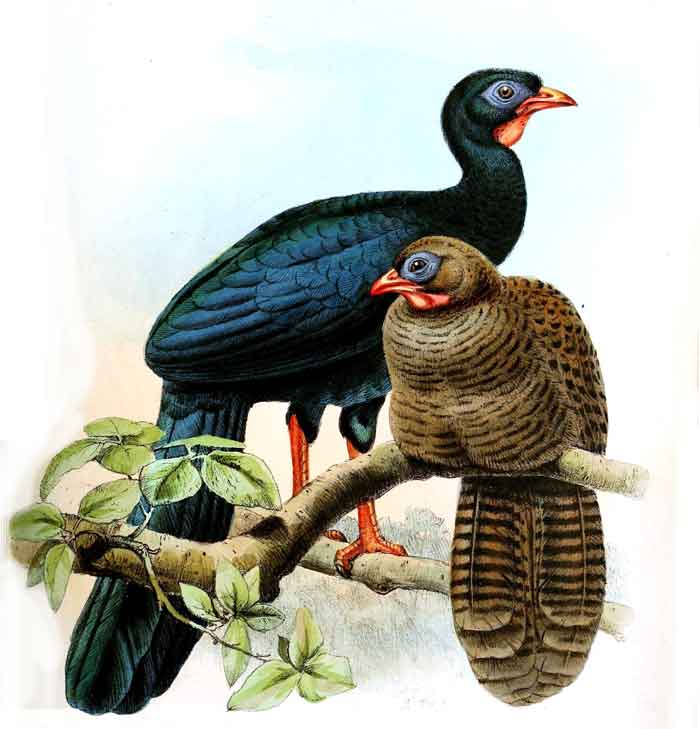
Superregnum: Eukaryota
Cladus: Unikonta
Cladus: Opisthokonta
Cladus: Holozoa
Regnum: Animalia
Subregnum: Eumetazoa
Cladus: Bilateria
Cladus: Nephrozoa
Superphylum: Deuterostomia
Phylum: Chordata
Subphylum: Vertebrata
Infraphylum: Gnathostomata
Megaclassis: Osteichthyes
Cladus: Sarcopterygii
Cladus: Rhipidistia
Cladus: Tetrapodomorpha
Cladus: Eotetrapodiformes
Cladus: Elpistostegalia
Superclassis: Tetrapoda
Cladus: Reptiliomorpha
Cladus: Amniota
Classis: Reptilia
Cladus: Eureptilia
Cladus: Romeriida
Subclassis: Diapsida
Cladus: Sauria
Infraclassis: Archosauromorpha
Cladus: Crurotarsi
Divisio: Archosauria
Cladus: Avemetatarsalia
Cladus: Ornithodira
Subtaxon: Dinosauromorpha
Cladus: Dinosauriformes
Cladus: Dracohors
Cladus: Dinosauria
Cladus: Saurischia
Cladus: Eusaurischia
Subordo: Theropoda
Cladus: Neotheropoda
Cladus: Averostra
Cladus: Tetanurae
Cladus: Avetheropoda
Cladus: Coelurosauria
Cladus: Tyrannoraptora
Cladus: Maniraptoromorpha
Cladus: Maniraptoriformes
Cladus: Maniraptora
Cladus: Pennaraptora
Cladus: Paraves
Cladus: Eumaniraptora
Cladus: Avialae
Infraclassis: Aves
Cladus: Avebrevicauda
Cladus: Pygostylia
Cladus: Ornithothoraces
Cladus: Ornithuromorpha
Cladus: Carinatae
Parvclassis: Neornithes
Cohors: Neognathae
Cladus: Pangalloanserae
Cladus: Galloanseres
Ordo: Galliformes
Subordo: Craci
Familia: Cracidae
Genus: Penelopina
Species: Penelopina nigra
Subspecies: P. n. dickeyi – P. n. nigra – P. n. rufescens
Name
Penelopina nigra (Fraser, 1852)
References
Proceedings of the Zoological Society of London (1850) Pt18 no.216 p.246 BHL pl. 29 BHL
Links
IUCN: Penelopina nigra (Vulnerable)
Vernacular names
English: Highland Guan
español: Pava pajuil
Nederlands: Berggoean
svenska: Bergsguan
The highland guan (Penelopina nigra) is a species of bird in the family Cracidae. It is found in the highlands of El Salvador, Guatemala, Honduras, southern Mexico, and Nicaragua.[2]
Its natural habitat is subtropical or tropical moist montane forest. Its population has declined much in recent times: Listed as a species of Least Concern in 1994, it was uplisted to Near Threatened in 2000 and, as it was determined to be less common than previously believed, to Vulnerable in the 2007 IUCN Red List.[3]
Description
Male (blue-black) and female (brown)
The highland guan grows to a length of 590 to 650 millimetres (23 to 26 in). The plumage of the male is black, the upper parts glossed with green or blue, the underparts rather duller. The iris of the eye is reddish-brown and there is reddish-brown or purplish bare skin around and behind the eye. The beak, the bare skin on the throat, the large wattle, the legs and feet are reddish-orange. The female, by contrast, is black, heavily mottled and barred with reddish-brown and cinnamon, with a red beak and bare skin round the beak, and purplish bare skin round the eye.[4]
Taxonomy
The three syntype specimens of Penelope niger Fraser (Proc. Zool. Soc. London, 1850 (1852), p.246, pl.XXIX.) are held in the collections of National Museums Liverpool at World Museum, with accession numbers D484 (male adult) and D484a (female adult) and D484b (male adult). The specimens came to the Liverpool national collection via the 13th Earl of Derby’s collection which was bequeathed to the people of Liverpool in 1851. D484 and D484a were purchased from Mess. Leadbeater in September 1843 while D484b died at the menagerie at Knowsley Hall on 5 August 1850.
Distribution and habitat
The highland guan is found on either side of the mountain ranges in Central America. In Mexico it is uncommon, but it is present in moderate numbers in the El Triunfo Biosphere Reserve. It is also common in some localities in Guatemala, but rather rarer in Honduras, north-central Nicaragua and El Salvador, and it may be extinct in El Salvador. Its habitat is humid broad-leaved mountain forests, mainly cloud forests and pine-oak forests, but it has also been observed in secondary forests and plantations. The bird forages for fruit, in the trees and on the leaf litter.[1]
Status
The highland guan is thought to be decreasing in numbers. The main threats it faces are the destruction of its forest habitat, and being hunted for food. The International Union for Conservation of Nature has assessed its conservation status as "vulnerable".[1]
References
BirdLife International (2020). "Penelopina nigra". IUCN Red List of Threatened Species. 2020: e.T22678449A177946411. doi:10.2305/IUCN.UK.2020-3.RLTS.T22678449A177946411.en. Retrieved 13 November 2021.
Brooks, Daniel M.; Laura Cancino; Sergio L. Pereira, eds. (2006). Conserving Cracids: The most Threatened Family of Birds in the Americas (PDF). Houston Museum of Natural Science. ISBN 0-9668278-2-1. Archived from the original (PDF) on 2008-10-06. Retrieved 2009-06-04.
See BirdLife International (2004, 2007a,b).
Blake, Emmet Reid (1977). Manual of Neotropical Birds. University of Chicago Press. p. 421. ISBN 978-0-226-05641-8.
BirdLife International (2007a): [ 2006-2007 Red List status changes ]. Retrieved 26 August 2007.
BirdLife International (2007b): Highland Guan - BirdLife Species Factsheet. Retrieved 26 August 2007.
Retrieved from "http://en.wikipedia.org/"
All text is available under the terms of the GNU Free Documentation License

